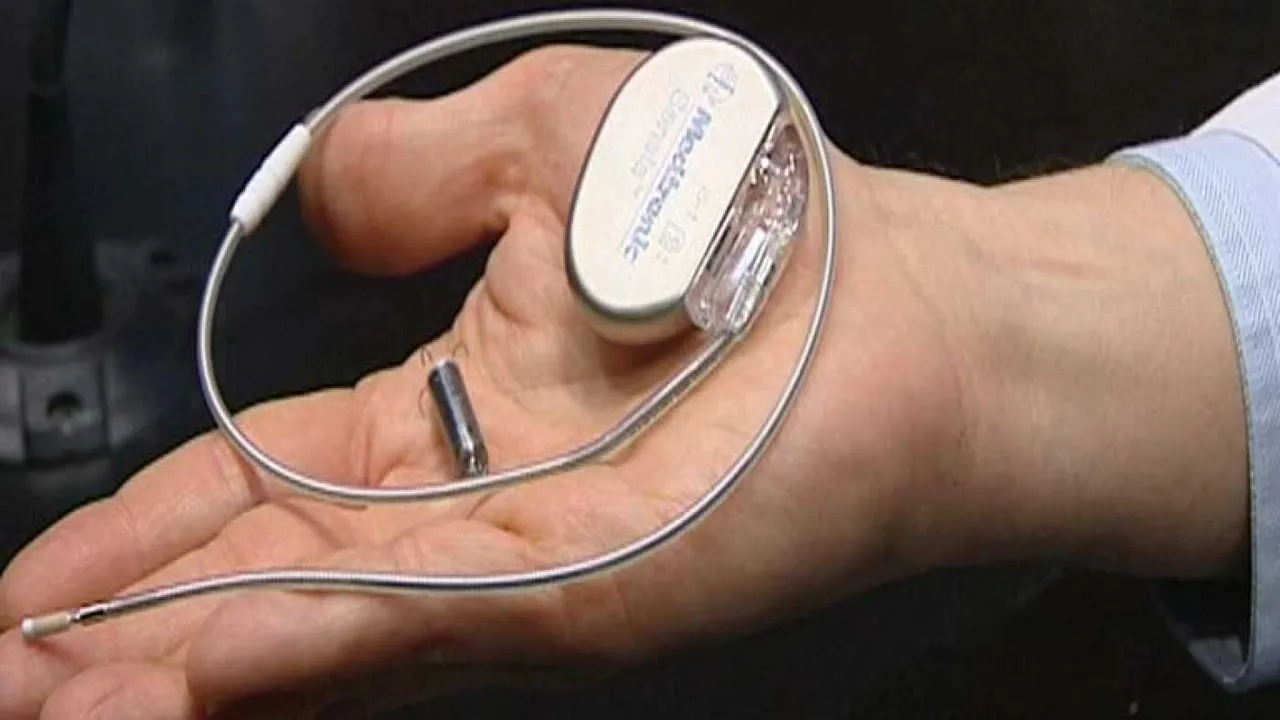There are multiple inventions that have come from a mistake, in this publication I will show you the best technological mistakes that have changed the history of humanity.

The discovery originates in 1946 by mistake thanks to the engineer Percy Spencer, of the Raytheon Corporation, who were seeking to advance radio technology. Percy Spencerm had a chocolate bar, which he left in his pocket, when exposed to radial slings the chocolate melted, this revealed that the slings are capable of heating food. Although chocolate is the main protagonist, since they are so soft that low-density waves can melt them.
By increasing the wave you will find that you can heat any type of food, and thus our beloved microwave is born. In those who currently prepare any type of recipes and is very famous in office work. Since people work for at least 8 hours, and in order to save money, people take their home-cooked food, the detail that eating with cold food a little unpleasant is everything where the microwave plays a fundamental role.

The pacemaker has been a life saving for people with coronary disorders, which helps to maintain a correct heart rate and thus avoid strong arrhythmias and heart attacks.
But it was really in 1951 when John Alexander Hopp was investigating the effects of radio frequency heating on hypothermia, the achievement of maintaining electricity within hearts by bringing an increase in heart rate. But in his search John Alexander Hopp did not imagine what he would find,

Currently, there is no medical center that does not use these devices, since their use is perfect for medical use, considering that seeing the bone structures in the human body helps a lot to have a better view of trauma, bone, any can be fractures, strains, dislocations among others.
But it was the German physicist Wilhelm Conrad Roentgen, in 1896 who investigated with those metals and a coil in one about the violet fluorescence that produced cathode rays, the result was that fluorescent light on the contrary with the metal and the coil succeeded. only internal structures hiding external structures.
